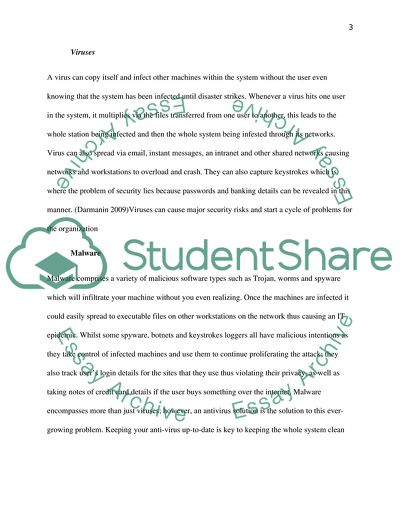Cite this document
(Introduction to IT Security Management Literature review Example | Topics and Well Written Essays - 3500 words - 1, n.d.)
Introduction to IT Security Management Literature review Example | Topics and Well Written Essays - 3500 words - 1. https://studentshare.org/information-technology/1822268-it-security-management
Introduction to IT Security Management Literature review Example | Topics and Well Written Essays - 3500 words - 1. https://studentshare.org/information-technology/1822268-it-security-management
(Introduction to IT Security Management Literature Review Example | Topics and Well Written Essays - 3500 Words - 1)
Introduction to IT Security Management Literature Review Example | Topics and Well Written Essays - 3500 Words - 1. https://studentshare.org/information-technology/1822268-it-security-management.
Introduction to IT Security Management Literature Review Example | Topics and Well Written Essays - 3500 Words - 1. https://studentshare.org/information-technology/1822268-it-security-management.
“Introduction to IT Security Management Literature Review Example | Topics and Well Written Essays - 3500 Words - 1”. https://studentshare.org/information-technology/1822268-it-security-management.


